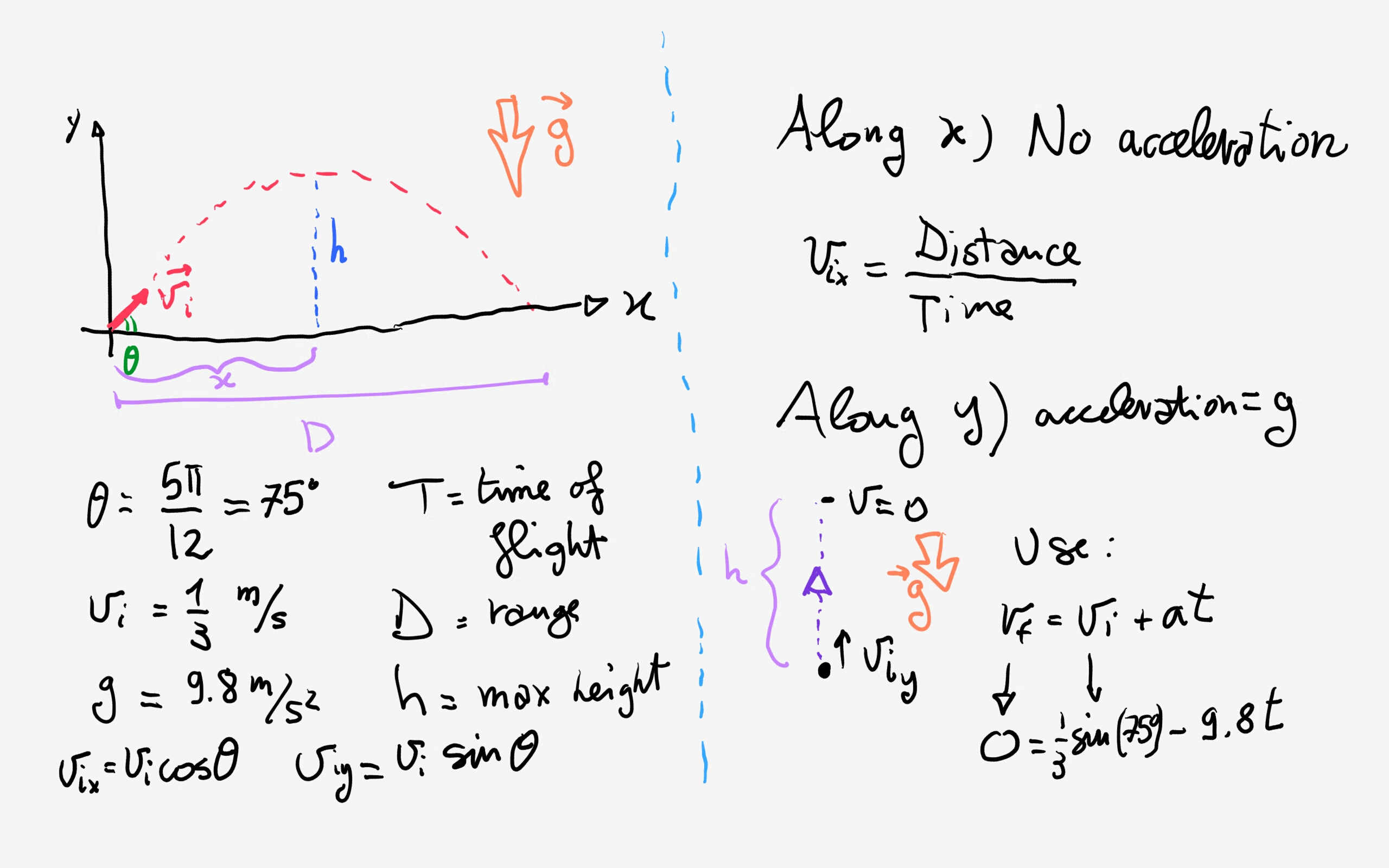

Human alpha-1 antitrypsin (AAT), also named α1 proteinase inhibitor (α1-Pi) and SERPINA1 (serine protease inhibitor, group A, member 1), is a water-soluble, tissue-diffusible, medium-sized circulating glycoprotein, with a molecular weight of 52 kDa, and a blood half-life of around 5 days.

Keywords: SERPINA1, alpha-1 antitrypsin deficiency, protease inhibitor, genetic epidemiology, inverse distance weighted interpolation, geographic information system In conclusion, the inclusion of new well-designed studies and the exclusion of the low-quality ones have significantly improved the reliability of results, which may be useful to plan strategies for future research and diagnosis and to rationalize the therapeutic resources available.

In addition, the IDW-interpolation maps predicted Pi*Z frequencies throughout the world even in some areas that lack real data. With the data provided by these cohorts, a total of 253,404 Pi*ZZ were estimated worldwide: 119,594 in Europe, 91,490 in America and Caribbean, 3,824 in Africa, 32,154 in Asia, 4,126 in Australia, and 2,216 in New Zealand. A total of 224 cohorts from 65 countries were included in the study. Studies fulfilling these criteria were used to develop maps with an inverse distance weighted (IDW)-interpolation method, providing numerical and graphical information of Pi*Z distribution worldwide.

#Calculate pi of serine distine update
Therefore, the objective of this study was to update the knowledge of the frequency of the Z allele to achieve accurate estimates of the prevalence and number of Pi*ZZ genotypes worldwide based on studies performed according to the following criteria: 1) samples representative of the general population, 2) AAT phenotyping characterized by adequate methods, and 3) measurements performed using a coefficient of variation calculated from the sample size and 95% confidence intervals. However, there is a remarkable lack of epidemiological data on AATD worldwide, and many of the data currently used are outdated. Here is how the Electrostatic Potential Energy between pair of Ions calculation can be explained with given input values -> -3.5E-21 = (-(0.3^2)*(^2))/(4*pi**6E-09).Ignacio Blanco, 1 Patricia Bueno, 2 Isidro Diego, 3 Sergio Pérez-Holanda, 4 Francisco Casas-Maldonado, 5 Cristina Esquinas, 6 Marc Miravitlles 6,7ġAlpha1-Antitrypsin Deficiency Spanish Registry (REDAAT), Fundación Respira, Spanish Society of Pneumology and Thoracic Surgery (SEPAR), Barcelona, 2Internal Medicine Department, County Hospital of Jarrio, 3Materials and Energy Department, School of Mining Engineering, Oviedo University, 4Surgical Department, University Central Hospital of Asturias (HUCA), Oviedo, Principality of Asturias, 5Pneumology Department, Complejo Hospitalario Universitario de Granada, Granada, 6Pneumology Department, Hospital Universitari Vall d’Hebron, 7CIBER de Enfermedades Respiratorias (CIBERES), Barcelona, SpainĪbstract: In alpha-1 antitrypsin deficiency (AATD), the Z allele is present in 98% of cases with severe disease, and knowledge of the frequency of this allele is essential from a public health perspective.
#Calculate pi of serine distine how to
How to calculate Electrostatic Potential Energy between pair of Ions using this online calculator? To use this online calculator for Electrostatic Potential Energy between pair of Ions, enter Charge (q) & Distance of Closest Approach (r 0) and hit the calculate button. Electrostatic Potential Energy between Ion Pair is denoted by E Pair symbol. How to Calculate Electrostatic Potential Energy between pair of Ions?Įlectrostatic Potential Energy between pair of Ions calculator uses Electrostatic Potential Energy between Ion Pair = (-( Charge^2)*(^2))/(4* pi* * Distance of Closest Approach) to calculate the Electrostatic Potential Energy between Ion Pair, The Electrostatic potential energy between pair of ions is the electrostatic potential energy between a pair of ions of equal and opposite charge.


 0 kommentar(er)
0 kommentar(er)
